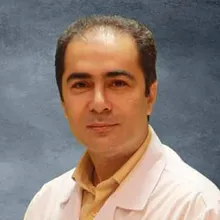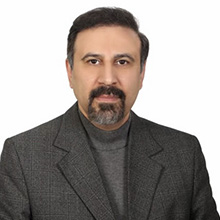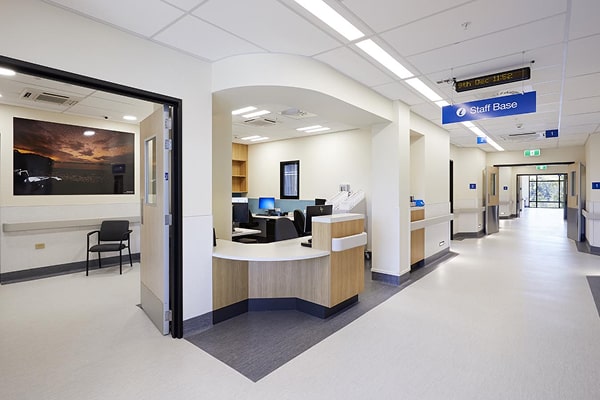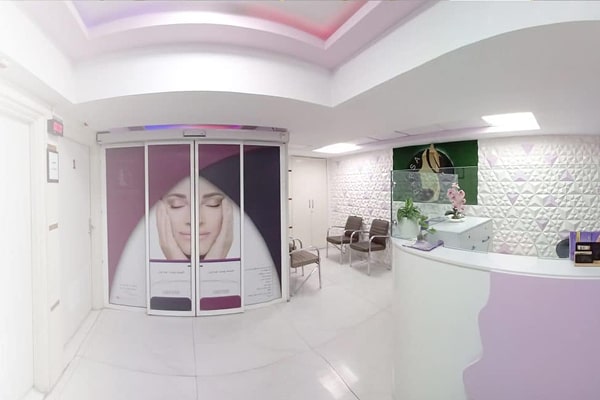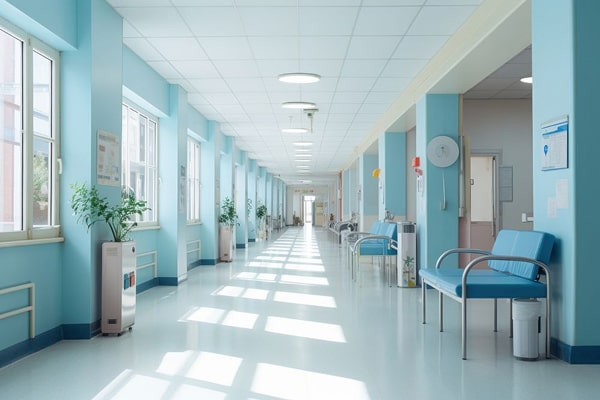Title: Skin Cancer: Symptoms, Diagnosis, and Advanced Treatment Methods
Skin cancer is one of the most common types of cancer worldwide, particularly affecting individuals with fair skin and those who are frequently exposed to sunlight. This disease occurs when skin cells undergo abnormal and uncontrolled changes, forming tumors. With the advancement of medical science and modern technologies, methods for diagnosing and treating skin cancer have significantly improved. This article explores the symptoms, diagnosis methods, and advanced treatments for skin cancer.
Symptoms of Skin Cancer
In its early stages, skin cancer may show no symptoms. However, depending on the type of cancer and its location, some common symptoms include:
- Changes in the shape, size, or color of moles or skin spots.
- Bleeding or discharge from unusual moles.
- Wounds that do not heal and persist for a long time.
- Itching, pain, or sensitivity in the affected areas of the skin.
- Peeling or surface changes in suspicious skin areas.
- The appearance of skin lesions that may appear raised, transparent, or indented.
It is crucial to notify a healthcare professional of any unusual changes in the skin to ensure early diagnosis and treatment.
Methods for Diagnosing Skin Cancer
To accurately diagnose skin cancer, doctors use several methods, including:
- Clinical Examination: In this method, the doctor examines the patient’s skin and evaluates any changes in the shape or appearance of moles and skin spots.
- Skin Biopsy: To confirm the diagnosis, a sample is taken from the suspicious area of the skin and analyzed under a microscope.
- Imaging Tests: In advanced cases, imaging techniques such as ultrasound or CT scans are used to assess the spread of the disease.
Treatment Methods for Skin Cancer
Treatment for skin cancer depends on the type of cancer, its stage, and the patient’s overall health. Common treatment methods include:
- Surgery: One of the most common treatments for skin cancer, this method involves removing the cancerous tissue. It is typically used in the early stages of the disease.
- Laser Treatment: Laser therapy is used to remove cancerous cells and skin changes.
- Chemotherapy: In certain types of skin cancer, chemotherapy drugs are used to destroy cancerous cells. This treatment is typically applied for advanced cancers.
- Radiation Therapy: Radiation uses beams of energy to destroy cancer cells. It is often employed in advanced stages of skin cancer or when surgery is not feasible.
- Immunotherapy: This treatment boosts the body’s immune system to help it recognize and destroy skin cancer cells.
- Targeted Therapy: Targeted drugs specifically act on the molecules and characteristics of cancer cells, leading to their destruction.
Prevention and Post-Treatment Care
While complete prevention of skin cancer is not possible, there are measures that can help reduce the risk of developing the disease. These include:
- Avoiding prolonged exposure to sunlight, especially during peak sun hours (10 AM to 4 PM).
- Using sunscreens with high SPF and wearing protective clothing against the sun.
- Regular visits to a doctor for skin checks and specialized examinations, especially for those at higher risk.
- Maintaining a healthy diet and avoiding foods containing carcinogenic substances.
- Psychological Care: Emotional and psychological support is essential for patients with skin cancer, as cancer treatment can cause anxiety and stress.
Conclusion
Skin cancer is a common type of cancer that, when diagnosed early and treated with advanced methods, is highly treatable. Modern and specialized treatments, particularly in top medical centers, can significantly increase the chances of recovery. Additionally, awareness of the symptoms and seeking medical attention for any skin changes is a vital step in the prevention and successful treatment of this disease. Post-treatment care and preventing the recurrence of the disease are also crucial for maintaining the health and improving the quality of life of patients.











